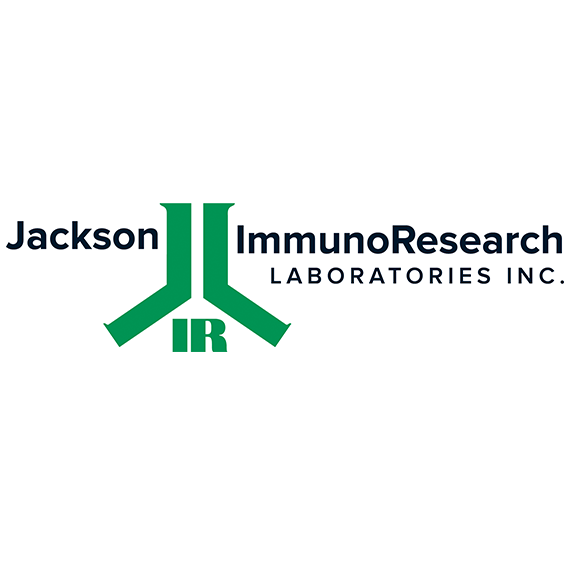Bovine IgG anti-Goat IgG (H+L)-Rhod. Red-X, MinX Bo,Ck,Gp,Hs,Ho,Hu,Ms,Rb,Rt

-
Overview
SKU 805-295-180 Host Species IgG Form Species Reactivity Specificity Isotype Clonality (Mono-/Polyclonal) Application ELISA, Flow Cytometry, Immunocytochemistry, Immunofluorescence, Immunohistochemistry (frozen sections), Immunohistochemistry (IHC), Immunohistochemistry (Paraffin-embedded Sections)
Conjugation Maximum Absorption Maximum Emission No Cross-reactivity (MinX) with Bovine, Chicken, Guinea Pig, Hamster syrian, Horse, Human, Mouse, Rabbit, Rat
Dilution Format 0.05% NaN3, 15 mg/ml BSA (IgG- and Protease-Free), 250 mM NaCl, affinity purified by antigen-specific affinity chromatography, in 10 mM PBS (pH 7.6), lyophilisate
Intended Use Product line / Topic Manufacturer / Brand - Datasheets and Downloads
-
Additional Product Information
Based on immunoelectrophoresis and/or ELISA, the antibody reacts with whole molecule goat IgG. It also reacts with the light chains of other goat immunoglobulins. No antibody was detected against non-immunoglobulin serum proteins. The antibody has been tested by ELISA and/or solid-phase adsorbed to ensure minimal cross-reaction with goat, chicken, guinea pig, Syrian hamster, horse, human, mouse, rabbit, and rat serum proteins, but it may cross-react with immunoglobulins from other species.
Conjugate
RRX (Rhodamine Red-X) conjugates have a peak of excitation at 570 nm and a peak of emission at 590 nm. Although TRITC has been used traditionally with FITC for double labeling, better color separation is achieved by using RRX or Alexa Fluor 594. Rhodamine Red-X is particularly useful for 3- and 4-color labeling with DyLight 405, Alexa Fluor 488, and Alexa Fluor 647 by using a confocal microscope equipped with a 405 nm laser and a krypton/argon laser. Fluorescence from RRX lies about midway between that of Alexa Fluor 488 and Alexa Fluor 647, and it shows little overlap with either dye. The krypton-argon laser emits lines at 488 nm, 568 nm, and 647 nm, which are optimal for exciting Alexa Fluor 488, RRX, and Alexa Fluor 647, respectively. By adding a 405 nm laser and a 420 nm emission filter, 4-color labeling is possible using DyLight 405-conjugated secondary antibodies from Jackson ImmunoReseach. The separation between all four dyes is perfect for 4-color labeling, and all four dyes are very bright.
